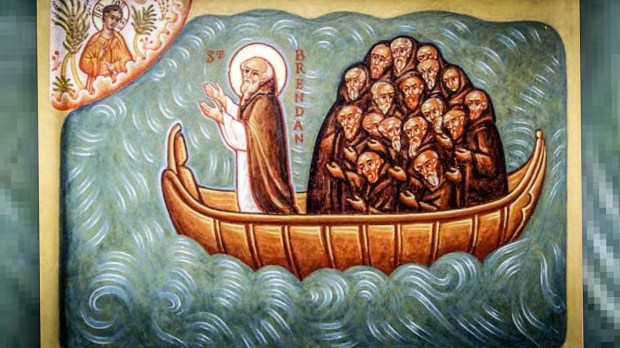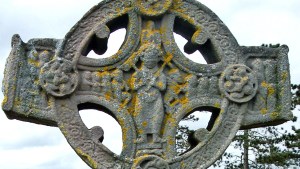Within the rich tradition of Irish Gaelic literature, a unique genre stands out. It is a seamless blend of adventure, mythology, and spiritual exploration – the immrama. These ancient, epic tales, resembling the Nordic sagas, compile the extraordinary journeys of courageous individuals in search of a mystical realm often depicted as a paradise of eternal youth and blissful beauty.
While the immrama retain elements of pre-Christian Irish mythology, they are fundamentally Christian tales, filled with proper theological symbolism and moral instruction.
The word immram (in the singular) translates as “voyage” or “journey.” The word itself perfectly captures the core of these stories. The protagonists, often clerics or monks, set sail from the shores of Ireland, driven by a longing for spiritual growth and a relentless love for the divine. Their journeys often take them to remote islands, each of which presents a unique challenge and revelation, as in a Christian version of Homer’s Odyssey.
One of the most famous tales
One of the most famous immrama is, of course, the Voyage of St. Brendan, a tale that recounts the Irish monk’s quest for the Promised Land of the Saints. Brendan and his companions encounter a series of wondrous islands, some inhabited by benevolent creatures – and others not so much. Their experiences are, naturally, allegories for the spiritual journey of the soul, navigating the treacherous waters of temptation and encountering both divine grace and demonic deception.
The immrama are, in general, a literally epic testament to the human need for transcendence. These tales, mingling hagiography, myth, and epic literature, offer a glimpse into the spiritual aspirations of early Irish Christians, as they brought their ancient pre-Christian traditions and worldviews and the teachings of the Church together in a single, rich tradition that helped shape European monasticism.
These stories offer a window into the soul of ancient Ireland, revealing a society deeply invested in questions of faith, morality, and the nature of the divine.
Spiritual meaning
From a theological perspective, the immrama can be read as spiritual pilgrimages, mirroring the journey of the soul on its path to salvation. The protagonists’ encounters with otherworldly beings and their experiences of divine revelation reflect the trials and triumphs of the spiritual life. The islands they discover represent the various stages of spiritual growth, from the temptations of the flesh to the heights of divine union.
The immrama also offer a unique perspective on the relationship between faith and mythology in early Irish Christianity. While these stories retain elements of pre-Christian beliefs, they are thoroughly imbued with Christian symbolism and solid doctrine. The protagonists’ journeys are, in the end, long parables illustrating Christian virtues and moral principles.


